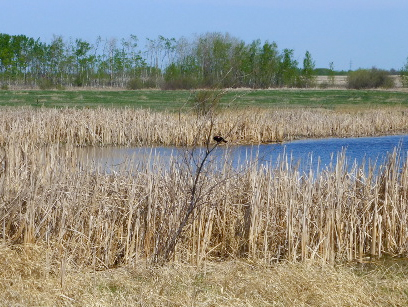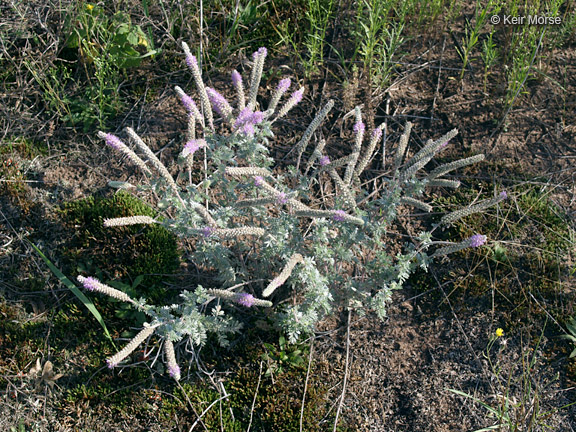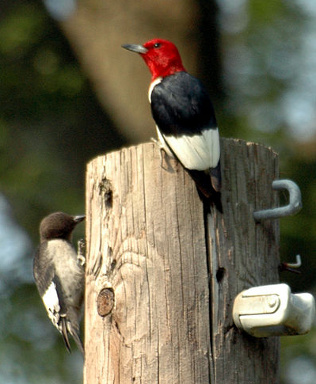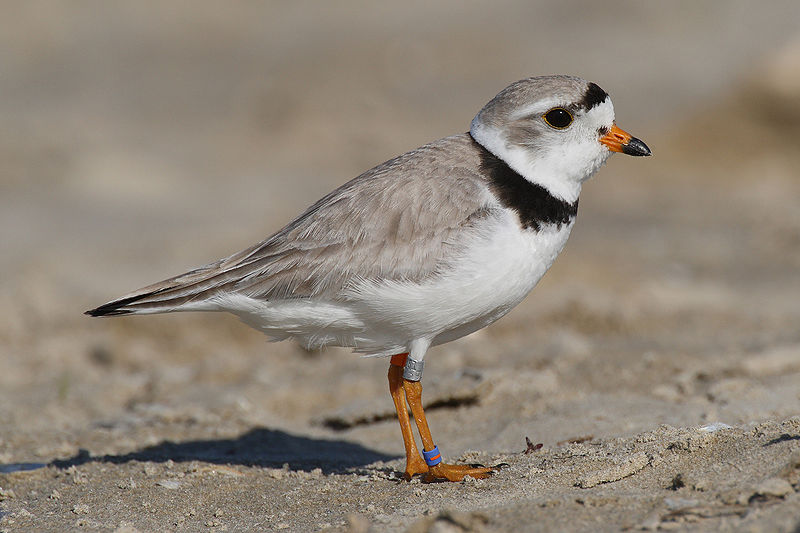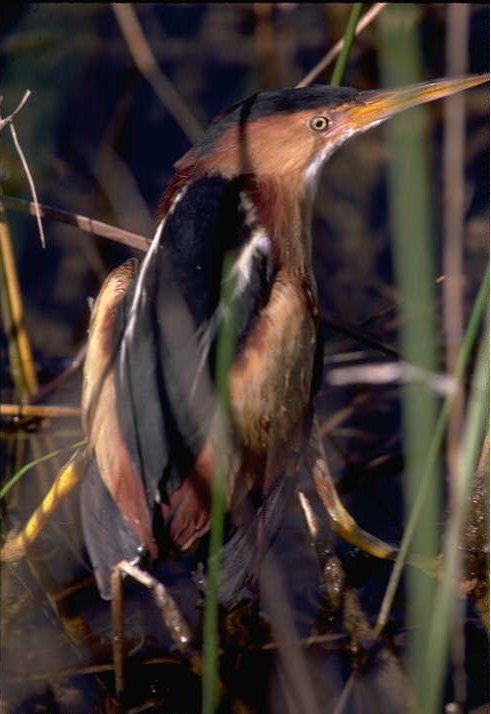In the heart of Manitoba’s corn country remains a treasured piece of natural habitat along the Dead-horse Creek, a tributary of the Red River. Through the conservation efforts of the Froese family, in partnership with the Manitoba Habitat Heritage Corporation, a block of riparian forest that plays a key role in recharging a local aquifer, will remain a part of … Read More
RBC donates $225,000 to keep Lake Winnipeg healthy
RBC Royal Bank has announced funding for the Manitoba Habitat Heritage Corporation’s Green Bank: Clear Waters project. This project was awarded funding as part of RBC’s $50 million Blue Water Project funding initiative. The announcement took place on June 22, 2012. You can click here for more information about the Green Bank: Clear Waters project. Read the full article here: … Read More
Manitoba Habitat Heritage Corporation signs 600th Conservation Agreement
The Manitoba Habitat Heritage Corporation (MHHC) marked Earth Day with the signing of its’ 600th conservation agreement, which will permanently conserve 93 privately-owned acres of upland and 51 acres of wetlands within the Turtlehead Creek watershed in the Turtle Mountains. This agreement brings the total area of land protected under MHHC’s conservation agreements to over 110,000 acres of threatened habitat … Read More
Study Finds Landowners are Fairly Compensated for Habitat Conservation
While a conservation easement on agricultural lands may reduce their resale value, a recent study has found that landowners, through easement payments, have been adequately compensated for the difference. That’s the conclusion of a study conducted by Dr. Chad Lawley from the Department of Agribusiness and Agricultural Economics at the University of Manitoba and Dr. Charles Towe, from the Department … Read More
Species At Risk Profile: Silky Prairie-Clover
Common Name: Hairy Prairie-Clover, Silky Prairie-Clover Species Name: Dalea villosa var. villosa Description: Hairy prairie-clover is a member of the Fabaceae, or Pea, Family. Their flowers are pale rose-purple or, rarely, white, and appear from mid-July to mid-August. Leaves and stems are densely covered with hairs, giving them a distinct velvety texture and silvery-green colour. The leaves are made up … Read More
Species At Risk Profile: Red-Headed Woodpecker
Common Name: Red-Headed Woodpecker Species Name: Melanerpes erythrocephalus Description: A vivid red head, neck and breast make the Red-headed Woodpecker easily recognizable. It is an omnivorous species, feeding on insects in the summer and nuts in the winter. Unlike other woodpeckers, the Red-headed Woodpecker forages for food rather than excavating holes to find insects. It is also the only woodpecker … Read More
Species At Risk Profile: Piping Plover
Common Name: Piping Plover Species Name: Charadrius melodus Description: The Piping Plover is a stocky shorebird with a white breast, abdomen and rump and pale brown to grey back, head and wings. It is identifiable by a black stripe across the forehead from eye to eye, a long white eyestripe and a single black band across the chest. It arrives … Read More
The Langford Community Pasture
In the rolling agricultural landscape around Neepawa, there exists 20,000 acres of unique natural land, known as the Langford Community Pasture — land never broken by prairie settlers for dryland agriculture. The rolling sandhills are a place where cattle have coexisted for over a century with native prairie plants and animals, including the endangered Prairie Skink — Manitoba’s only lizard. … Read More
Species At Risk Profile: Northern Prairie Skink
Common Name: Northern Prairie Skink Species Name: Eumeces septentrionalis Description: These little creatures are Manitoba’s only natural lizard species. Northern Prairie Skinks are brown with 4 pale longitudinal stripes. Juveniles are distinguished from adults by a bright blue tail. Adult males are distinguished from females by a reddish orange tinge on the head and throat during the breeding season. Prairie … Read More
Species At Risk Profile: Least Bittern
Common Name: Least Bittern Species Name: Ixobrychus exilis Description: This bird is the smallest of the North American herons and is distinguished by large chestnut patches on it’s wings. Males are darker than females. When alarmed, the Least Bittern freezes in place with its bill pointing up, turns its front and both eyes toward the source of alarm, and sometimes … Read More
